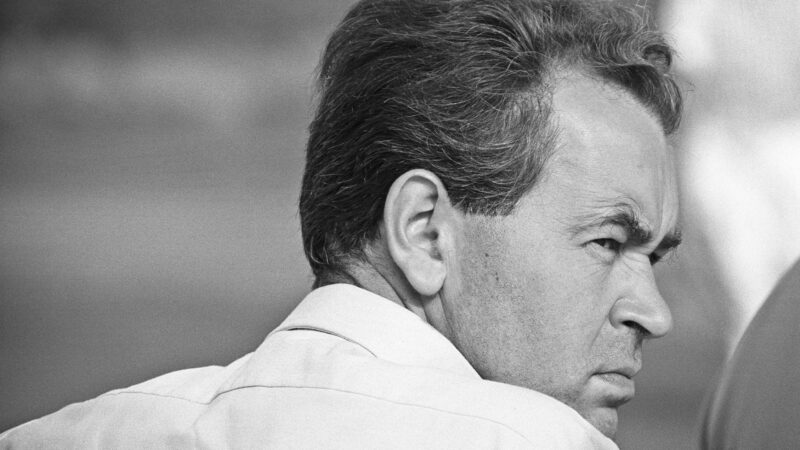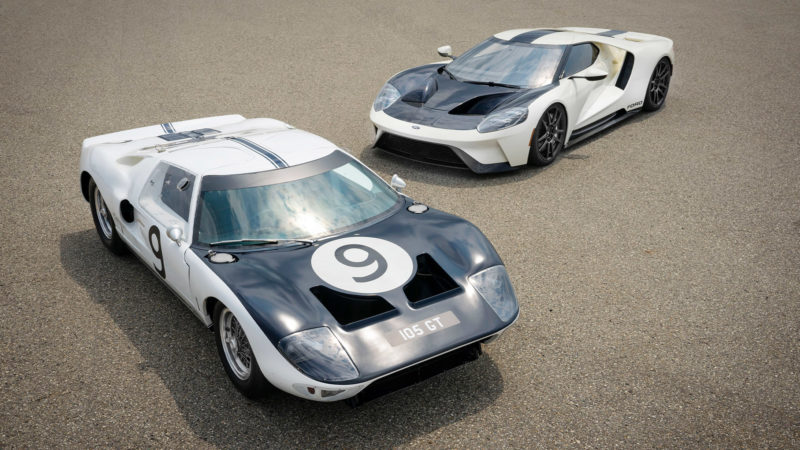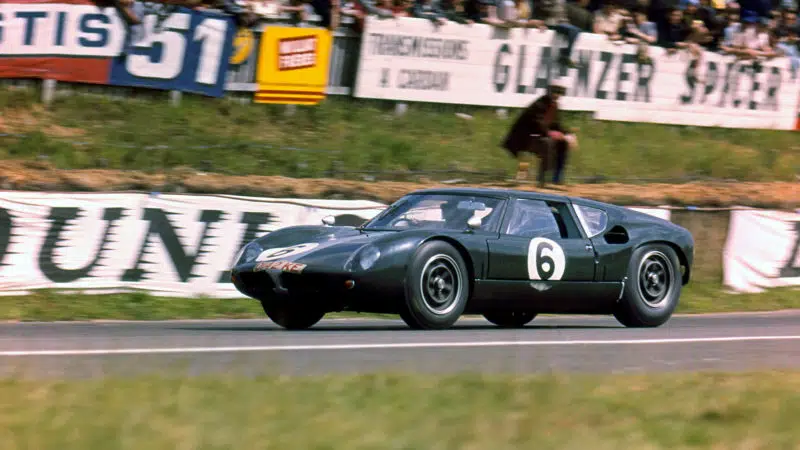But without time to test and barely any spares, the car was never going to give a full account of itself. ‘It turns out we had completely the wrong gear ratios,’ Richard remembers with some estimates suggesting it was 30mph down on top speed as a result. ‘We had no different springs to try, no roll bars, nothing. We literally raced the car Eric drove into the circuit.’
Which, with a brand new, unproven design, with a big engine behind the driver and no time to set it up sounded like a recipe for a nightmare followed by a disaster; but that was not the case. ‘I don’t remember having any problems with it at all,’ says Richard. ‘It was quick, had excellent handling and I think with the right gearing we could have gone really well.’ Hobbs himself recalls doing the second fastest lap of the entire race in the middle of the night. But then at 5.00am the already troublesome Colotti box played up again and stuck David in the wall at the Esses and its race was run.
Richard: ‘The gears were changed by three cables, and they got muck in them and it started to become very difficult to change gear, so you had to be incredibly careful. But David missed a downshift going into the Esses and that was that.’
He remains rueful on the point to this day, not because it denied him a finish at his first Le Mans but ‘because at the time it seemed the future of the company rested on that car. Eric didn’t have any money and I felt responsible for bringing it home. A finish would have been amazing for Lola.’

Broadley drove the Lola to Le Mans for the ’63 race
Alvis Upitis/Getty Images
As we know, happily it all turned out fine. Having seen it perform at Le Mans Ford was not blind to the potential of the little Lola. Additionally its own plans to build a Ferrari-beater were going nowhere fast. With no hope of its stated aim of being on the grid at Le Mans in 1964 being realised without finding a way of bridging the gap from where they were to where they needed to be the Lola’s appearance in France could not have been more timely. Ford bought both cars and employed Broadley to work with Roy Lunn who was already on the Dearborn payroll to use the technology – the monocoque, the V8, the Colotti box and so on and turn it into the GT40. Even the GT40’s most famous feature, doors cut deep into the roofline were a design not of Ford, but Lola.
Which is how a tiny English sports car built on microscopic budget sowed the seed from which the GT40 was grown and which would, in time change the course of sports car history.




